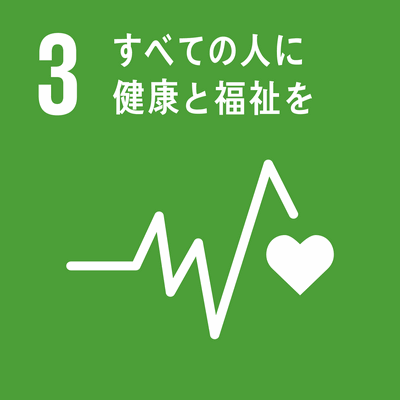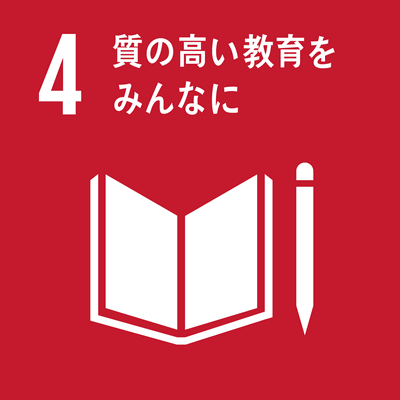シラバス表示
シラバスの詳細な内容を表示します。
→ 閉じる(シラバスの一覧にもどる)
科目の基本情報
| 開講年度 | 2023 年度 | |
|---|---|---|
| 開講区分 | 工学研究科(博士前期課程)分子素材工学専攻/応用化学専攻 | |
| 領域 | 主領域 : D | |
| 受講対象学生 |
大学院(修士課程・博士前期課程・専門職学位課程) : 2年次 |
|
| 選択・必修 | ||
| 授業科目名 | 生体材料化学演習II | |
| せいたいざいりょうかがくえんしゅうに | ||
| Seminar in Chemistry for Biomaterials II | ||
| 単位数 | 2 単位 | |
| ナンバリングコード | EN-ORBI-5
|
|
| 開放科目 | 非開放科目 | |
| 開講学期 |
前期 |
|
| 開講時間 |
|
|
| 授業形態 |
対面授業 * 状況により変更される可能性があるので定期的に確認して下さい
「オンライン授業」・・・オンライン会議ツール等を利用して実施する同時双方向型の授業 |
|
| 開講場所 | ||
| 担当教員 | 宮本 啓一(工学研究科分子素材工学専攻) | |
| SDGsの目標 |
|
|
| 連絡事項 | * 状況により変更される可能性があるので定期的に確認して下さい |
|
学修の目的と方法
| 授業の概要 | 医療には天然高分子、合成高分子、金属、セラミックなど多岐にわたる物性を有する材料が用いられている。本演習では、関連する文献、資料を用いて医療材料に必要な物性を検索、整理し生体反応との特徴づけを行う。また、材料特有の物性が生かされる生体の機能についても文献、資料に基づき分類し医療用材料の開発センスを育成する。 (Course description/outline) Materials having various physical properties such as natural polymers, synthetic polymers, metals, and ceramics are used for medical treatment. In this exercise, we will search and organize the physical properties required for medical materials using related documents and materials, and characterize them with biological reactions. In addition, the functions of living organisms that make use of the physical properties unique to the materials will be categorized based on the literature and materials to foster the development sense of medical materials. |
|---|---|
| 学修の目的 | |
| 学修の到達目標 | |
| ディプロマ・ポリシー |
|
| 成績評価方法と基準 | レポート100% |
| 授業の方法 | 演習 |
| 授業の特徴 | |
| 授業改善の工夫 | |
| 教科書 | |
| 参考書 | |
| オフィスアワー | |
| 受講要件 | |
| 予め履修が望ましい科目 | |
| 発展科目 | 生体材料化学特論、組織工学材料特論 |
| その他 |
英語対応授業である。 |
授業計画
| MoodleのコースURL |
|---|
| キーワード | 細胞外マトリックス 細胞応答 上皮間葉系形質変換 |
|---|---|
| Key Word(s) | extracellular matrix; cellular response; epithelial to mesenchymal transition |
| 学修内容 | I.生体材料に関する文献検索 II.文献精読とデータベースの構築 III.特定テーマ(生体材料)に対する、総説の作成 IV.特定テーマ(生体材料)のプレゼンテーション (Course contents) I. Literature search on biomaterials II. Literature review and database construction III. Preparation of review articles on specific themes (biomaterials) IV. Presentation of specific theme (biomaterial) |
| 事前・事後学修の内容 | |
| 事前学修の時間:60分/回 事後学修の時間:60分/回 |

